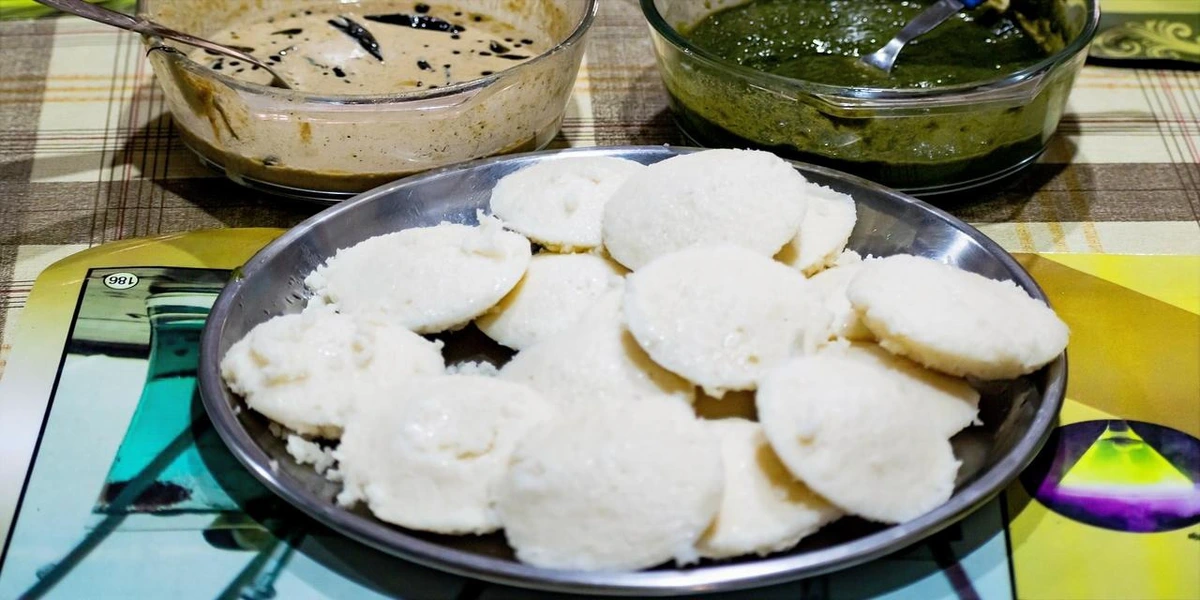Food plays a central role in managing diabetes. A healthy eating pattern can control blood sugar, protect the heart, and improve overall well-being. Below are simple, practical principles — explained with common South Indian food choices.

1. Core principles
- Regular meal timings: Avoid long gaps and erratic eating; aim for 3 main meals + 1–2 healthy snacks if needed.
- Balanced plate approach:
- ½ vegetables (salads, cooked curries, greens)
- ¼ whole grains (unpolished rice, millets, whole wheat)
- ¼ protein (dal, pulses, sprouts, fish, egg, lean chicken)
- Control portion size: Even healthy foods raise sugars if taken in excess. Use smaller plates if helpful.
2. South Indian staples — what to choose
- Rice: Prefer brown rice, hand-pounded rice, red rice, or millets (ragi, foxtail, little millet) instead of polished white rice. Keep quantity moderate.
- Idli/Dosa: Use a mix of rice + dals + millets. Choose smaller portions, pair with sambar (dal + vegetables) and chutney (without excess coconut or oil).
- Upma/Pongal: Prepare with broken wheat, rava, or millets; add vegetables and limit ghee.
- Chapati/Phulka: Good option with dals/vegetables. Limit parathas with excess oil.
- Curries & sides: Include plenty of green leafy vegetables (keerai), gourds, beans, cabbage, drumstick, brinjal.
- Snacks: Sundal (steamed pulses), sprouts, buttermilk, fruit (in moderation). Avoid fried snacks (bajji, vada, chips).
3. Foods to limit
- Refined carbs: White bread, bakery items, sweets, polished rice in large portions.
- Sugary drinks: Soft drinks, packaged juices, sweetened tea/coffee.
- Deep-fried snacks: Mixtures, pakoras, vadas, chips.
- High-fat gravies: With excess coconut, cashew, cream, or oil.
4. Protein & healthy fats
- Protein: Dals, pulses, sprouts, low-fat milk/curd, paneer, egg whites, fish, chicken (grilled/boiled).
- Fats: Use small amounts of groundnut oil, sunflower, rice bran, or sesame oil. Limit vanaspati and reused oils.
- Nuts: Almonds, walnuts, groundnuts in moderation — avoid salted/fried versions.
5. Fruits in diabetes
- Prefer seasonal, whole fruits (apple, orange, papaya, guava, watermelon).
- Limit high-sugar fruits (mango, sapota, banana, grapes).
- Rule of thumb: 1 medium fruit or ½ cup cut fruit at a time. Never as juice.
6. Practical tips
- Eat slowly, chew well — helps portion control.
- Don’t skip breakfast; skipping meals causes sugar fluctuations.
- Carry healthy snacks (nuts, sprouts, buttermilk) instead of biscuits or fried foods.
- Drink adequate water, limit coffee/tea with sugar.
- Prefer home-cooked food over restaurant meals.
Final notes
South Indian diets can be very healthy for people with diabetes when simple adjustments are made: whole grains, more vegetables, moderate rice, and limited fried/sugary foods.
Always personalise diet plans with your healthcare provider or dietitian — especially if you are on insulin or multiple medicines.
About the Author
Dr. Raja Ramesh, MD (Osmania)
Consultant Physician & Diabetologist in Attapur, Hyderabad
Available at Germanten Hospital (10am–5pm) & Care Clinic Attapur (5pm–8pm).
📞 Call +91 7989676770 for appointments.

